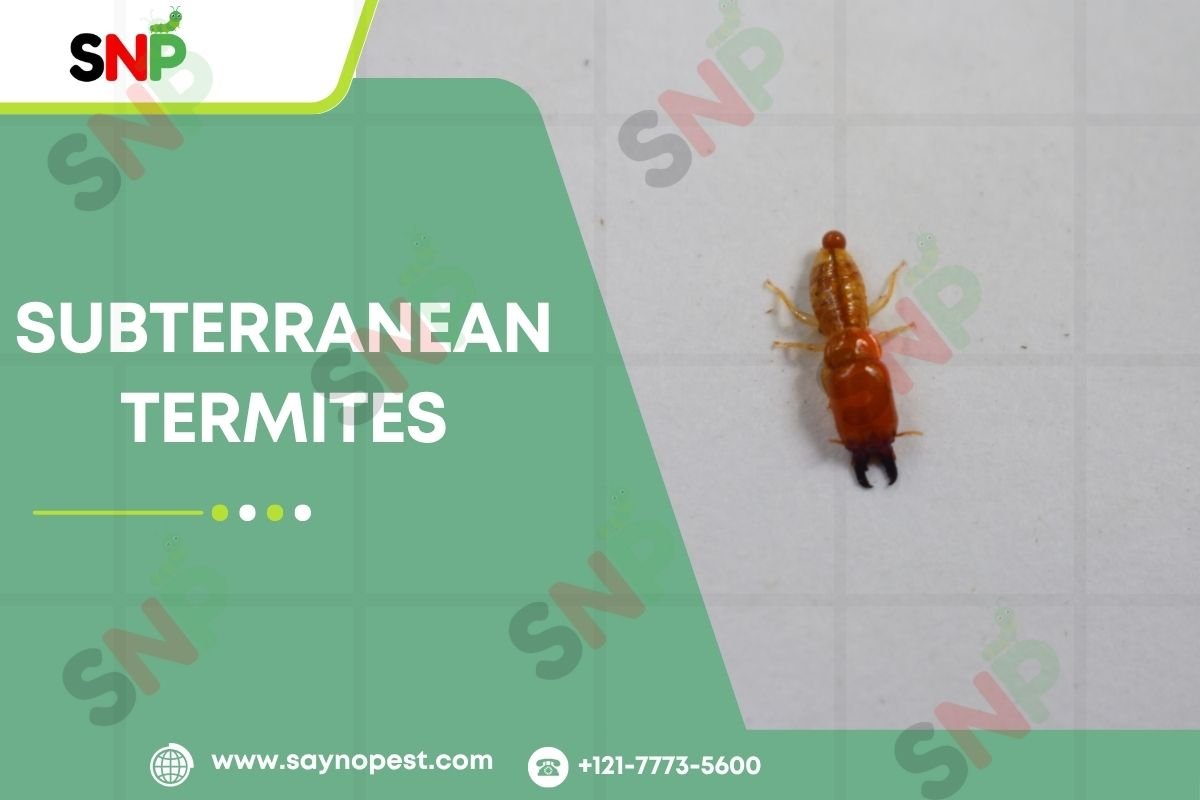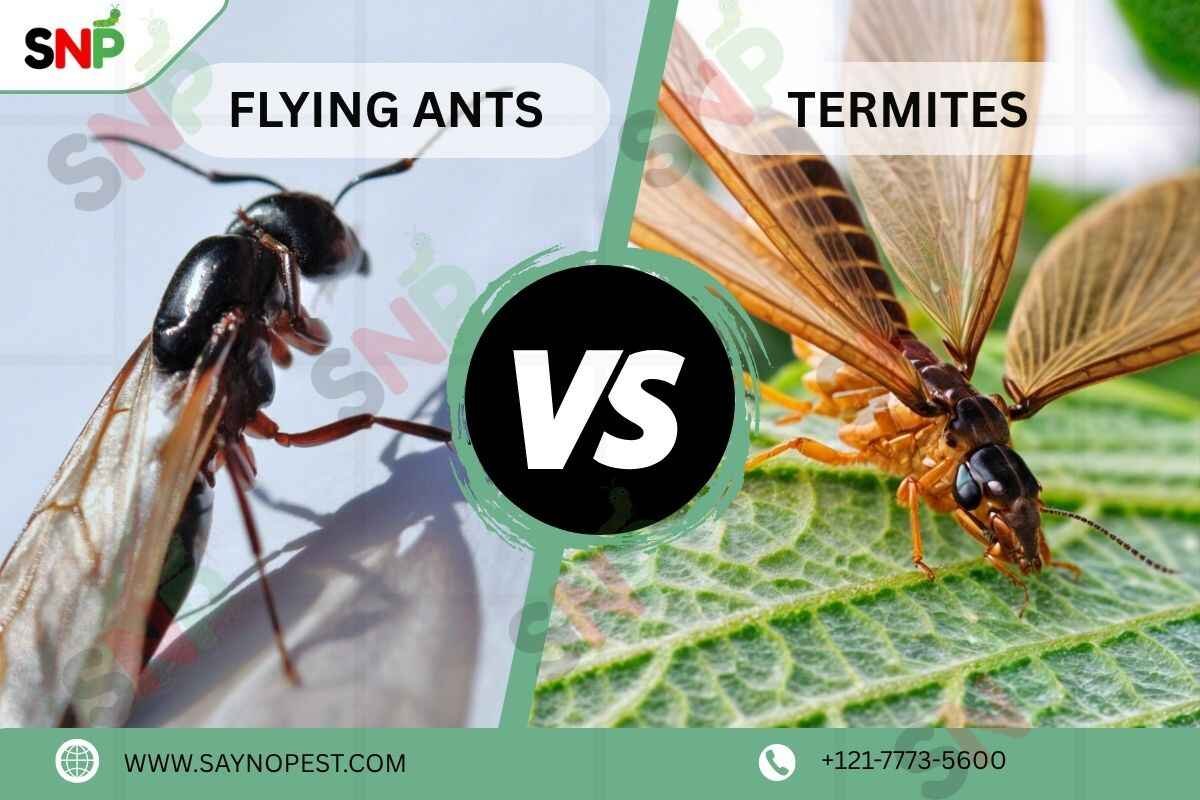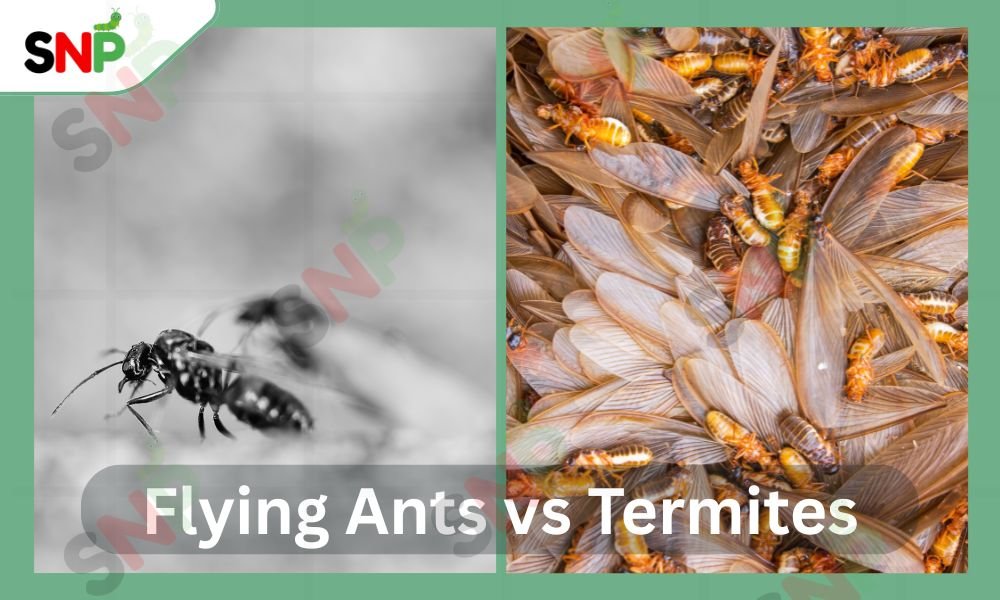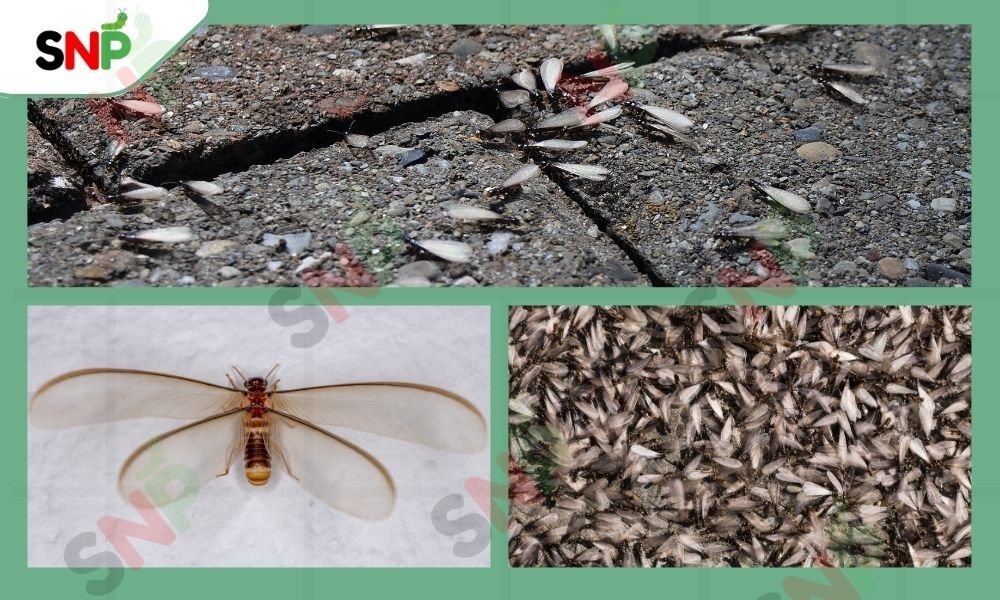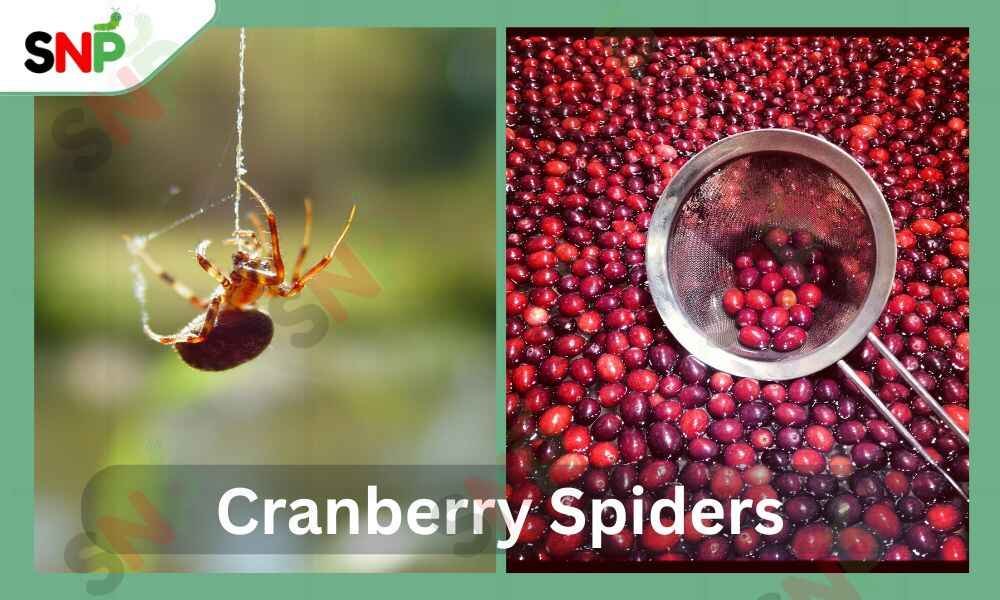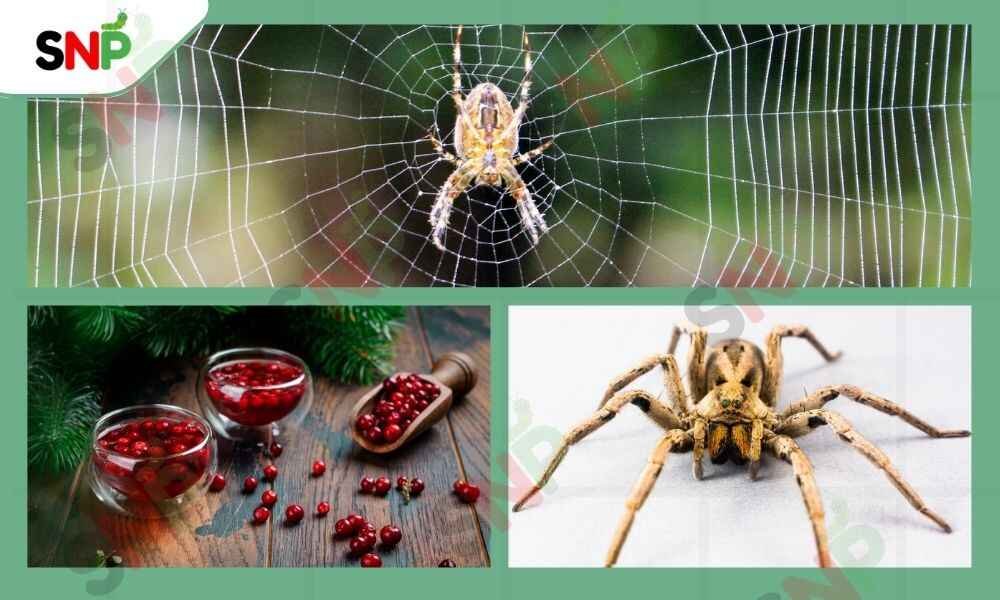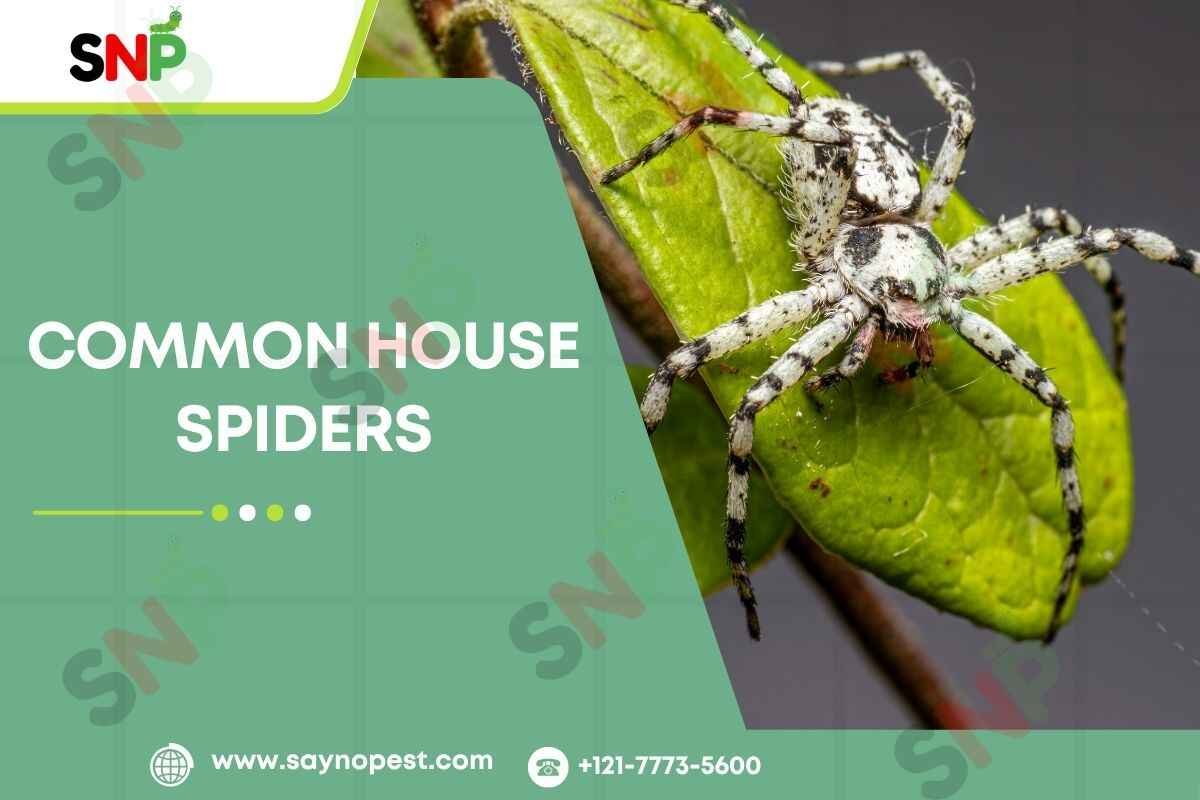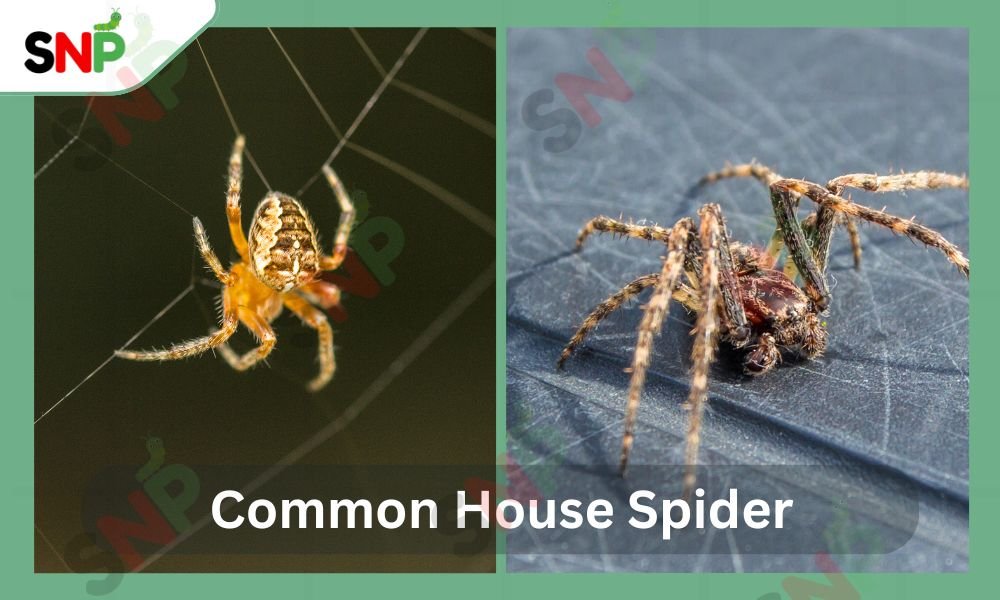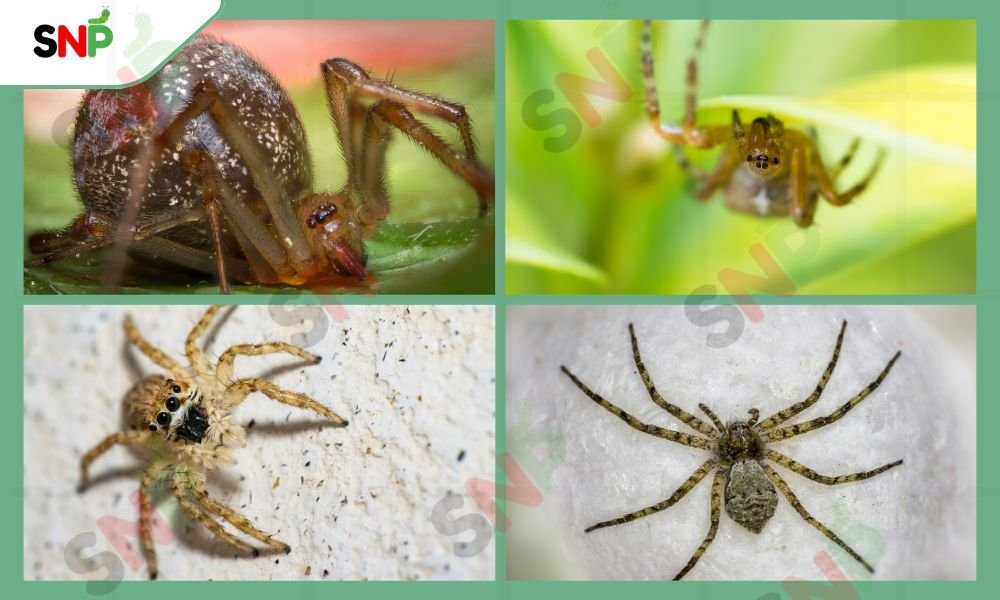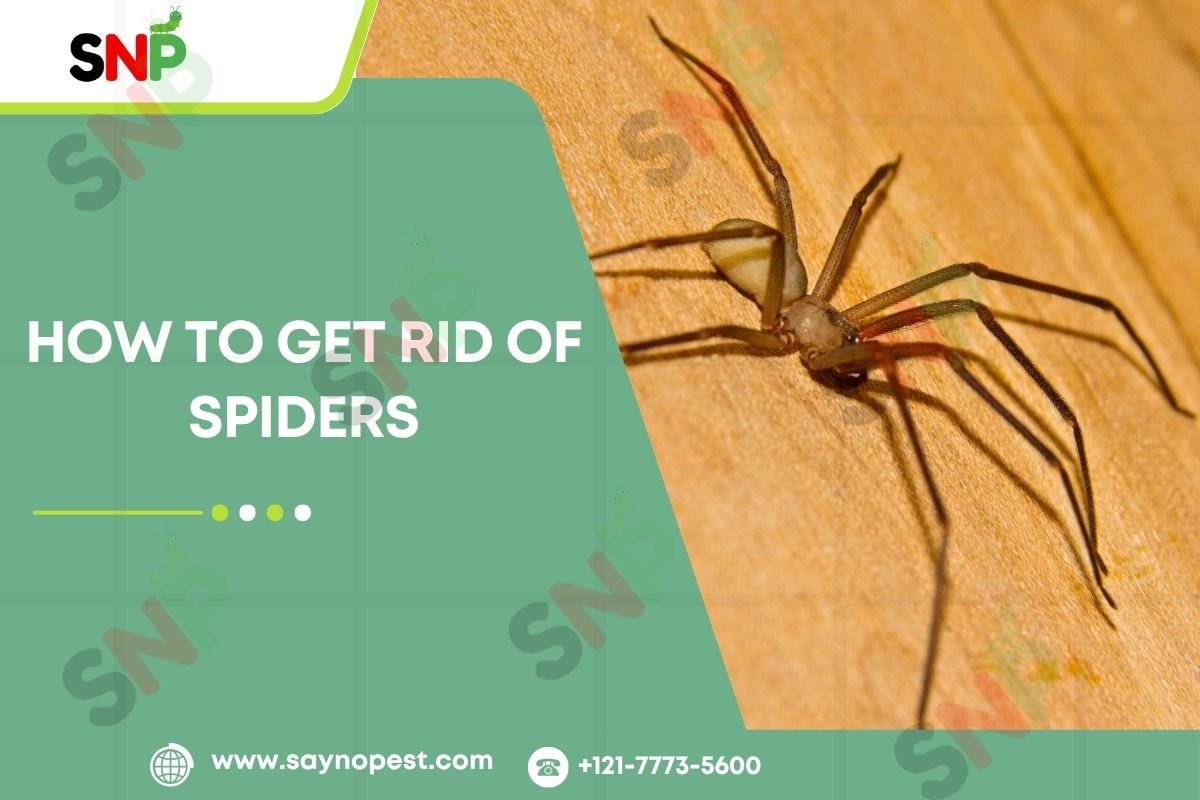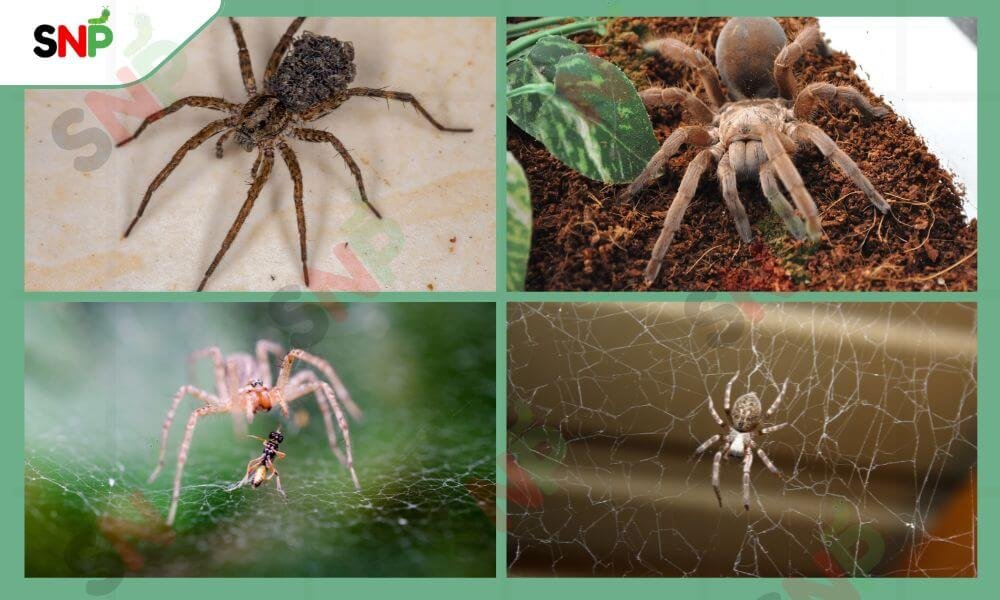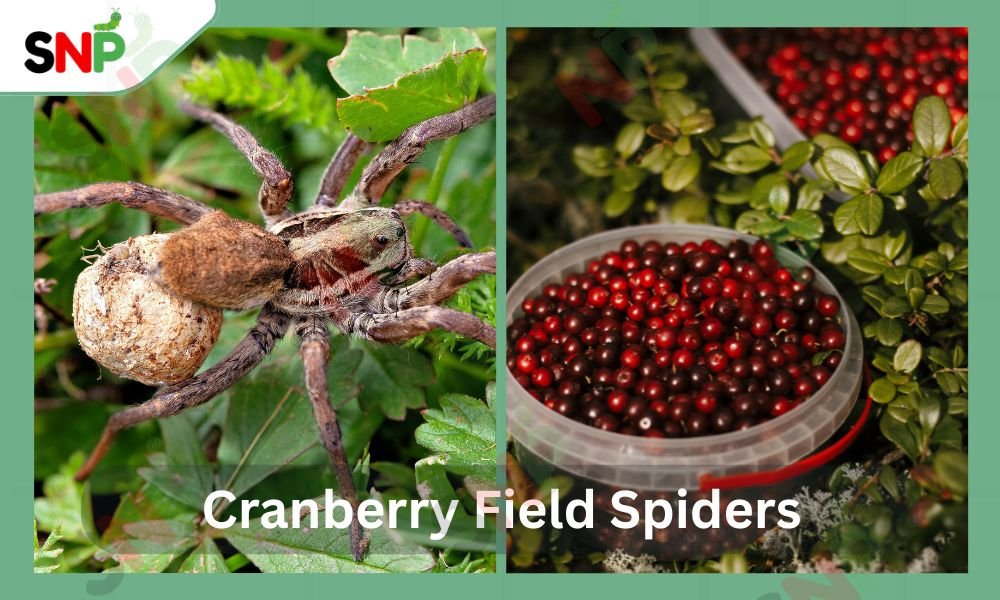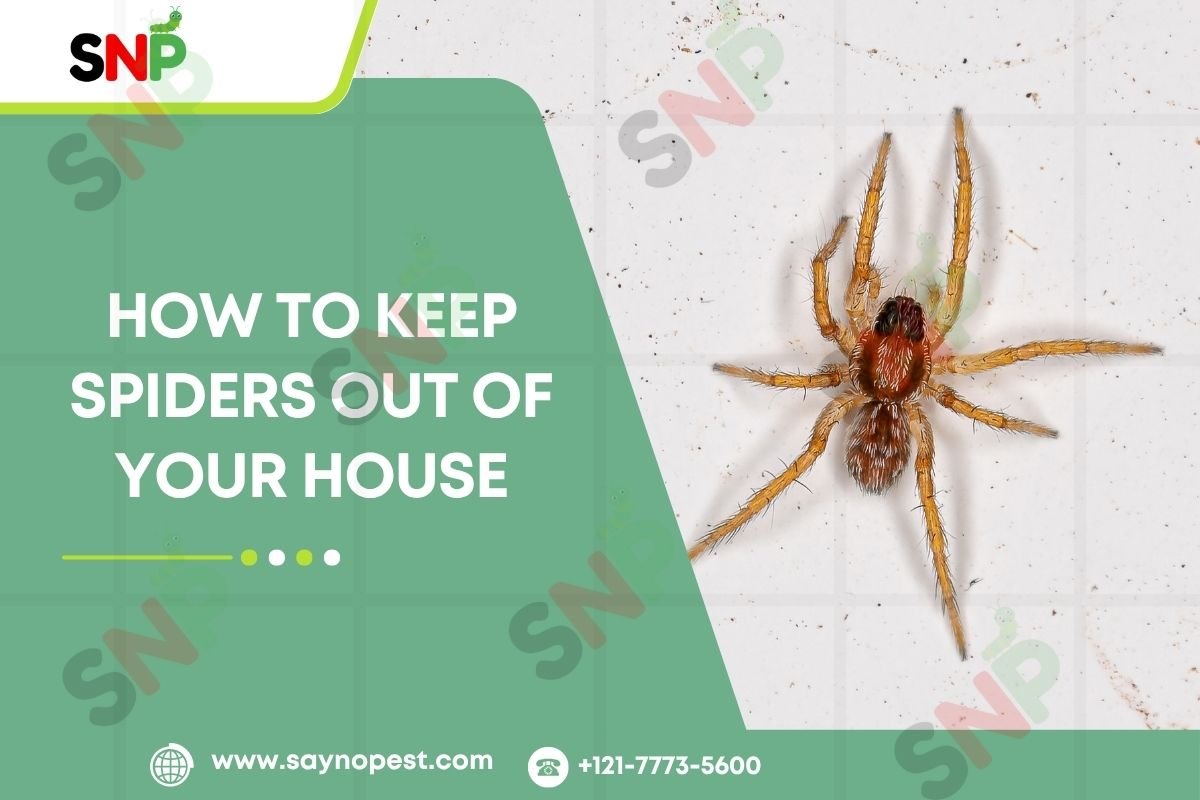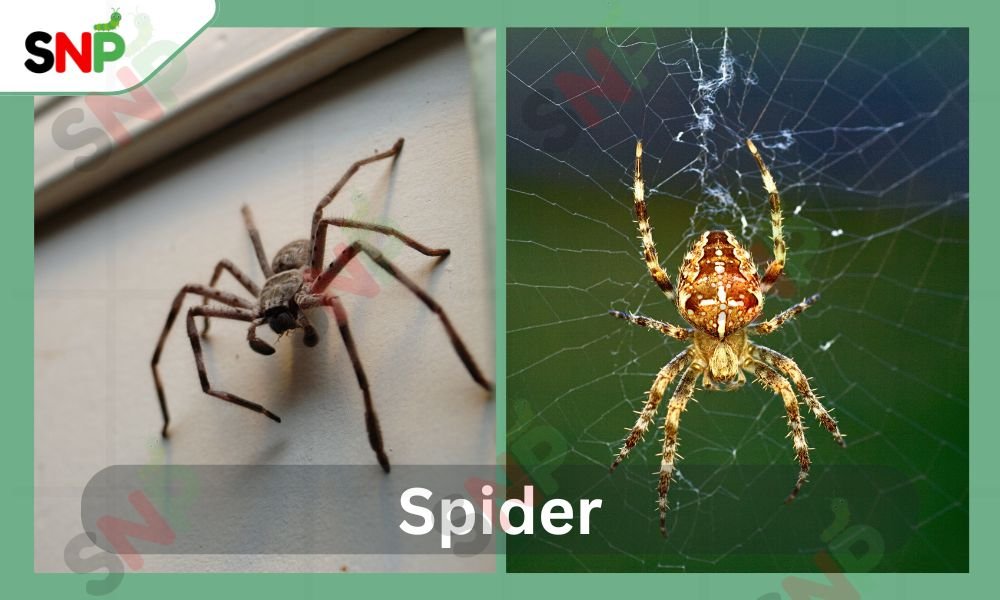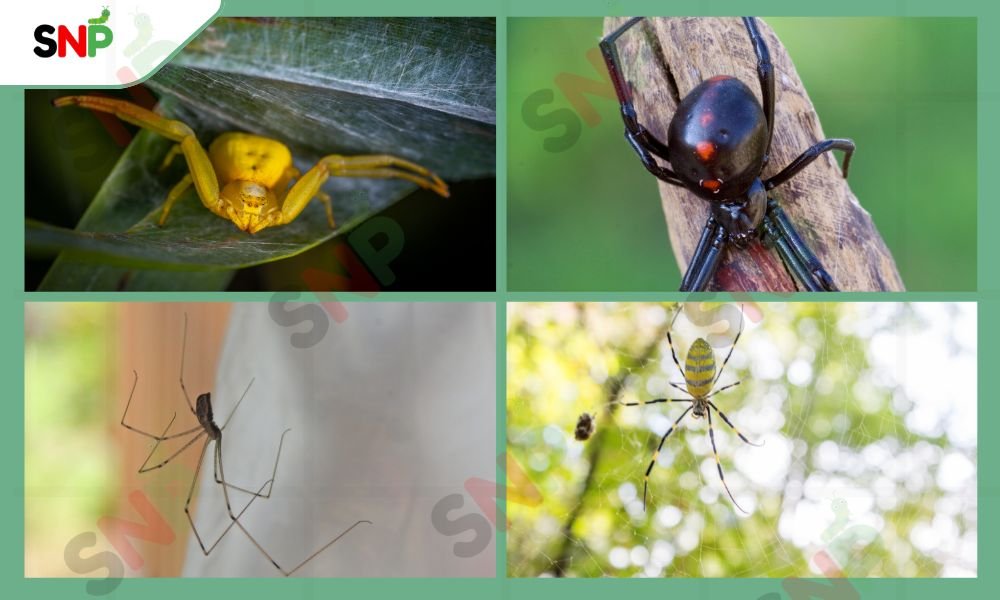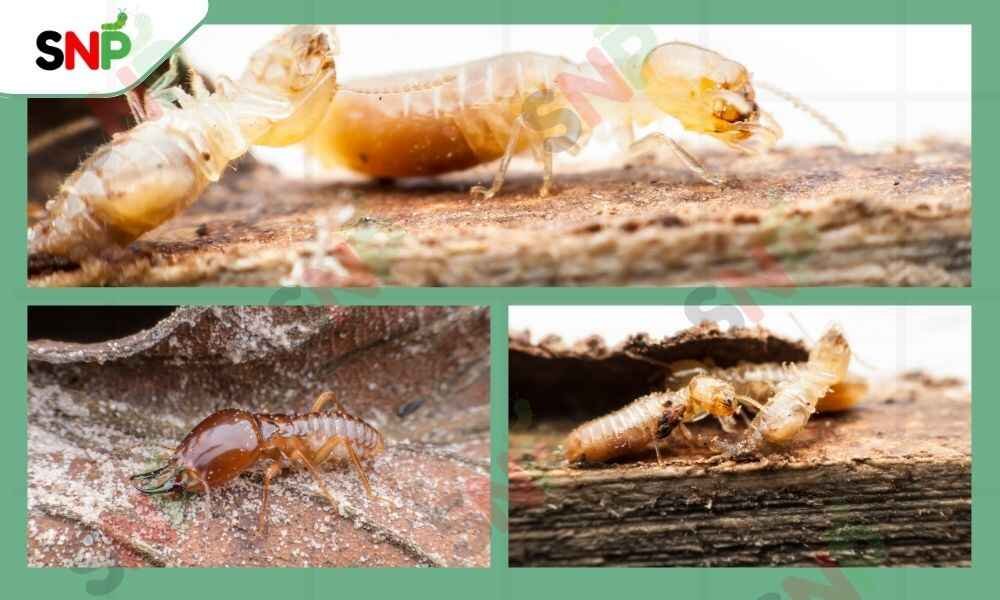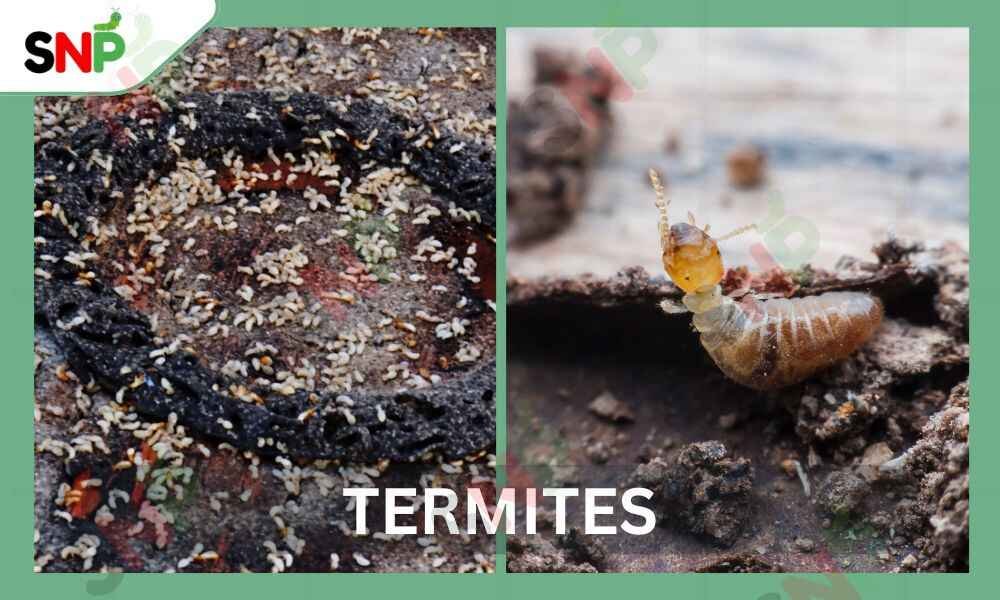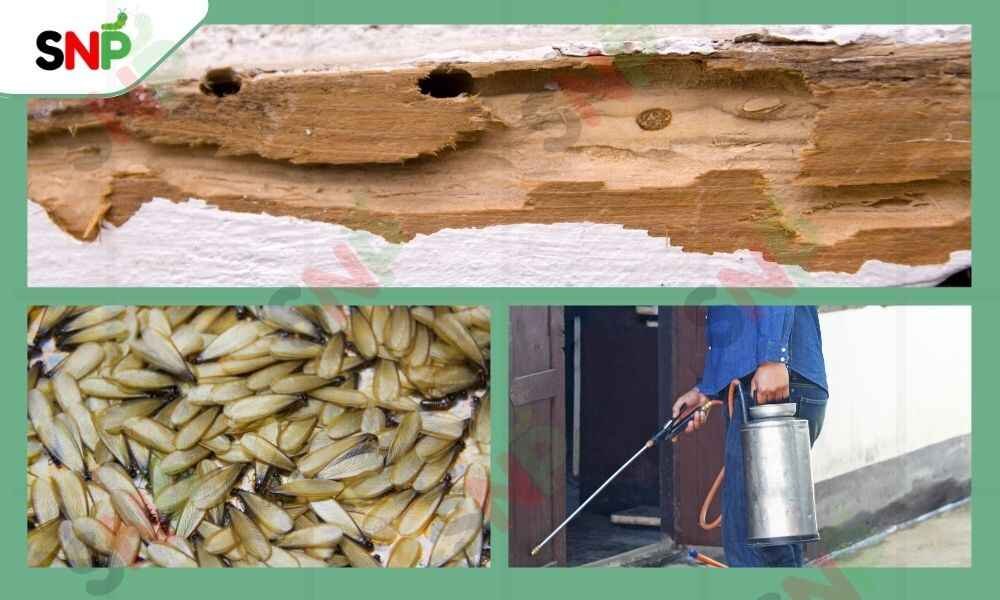If you’re a property owner or manager in the United States, knowing what subterranean termites are can be a vital tool in the protection of your investment. These cunning insects are the top American termite species causing the most harm to buildings each year, which is the leading cause of property damage. This post will focus on the subject of subterranean termites, their appearance, their habitat, the signs of their existence, the harm they cause, and the most effective termite treatment options available in detail.
What Do Subterranean Termites Look Like?
Subterranean termites are insects that live in groups, and the groups are divided into three parts, each of which has its form required by the work, thus can be recognised by it. The three parts, also called castes, are workers, soldiers, and reproductives, and all of them have a different job to do.
Workers
These have a length of 1/8 to 3/8 inches, are creamy white to transparent, soft-bodied, and without wings. Most of the time, they are the most abundant and are responsible for the feeding of the nest and the collection of the eggs.
Soldiers
This group is oversized and small as workers, but they have large, dark brown heads and terrible mandibles (jaws) to protect the group. Their bodies are still cream-colored.
Reproductives (Alates/Swarmers)
The colour ranges from dark brown to black, the length of 1/4-1/2 inch, straight antennae, and two pairs of wings equally long and dusty white. They are similar to the flying ants, but the uniform wings and straight antennae make them different from each other.
Termite Queen
Termite Queen remains the dominant termite population member through daily egg production of 2,000 and a lifespan reaching up to 25 years. You can seldom detect this essential female as she maintains her position deep in the nest, but her presence drives the growth of the community.
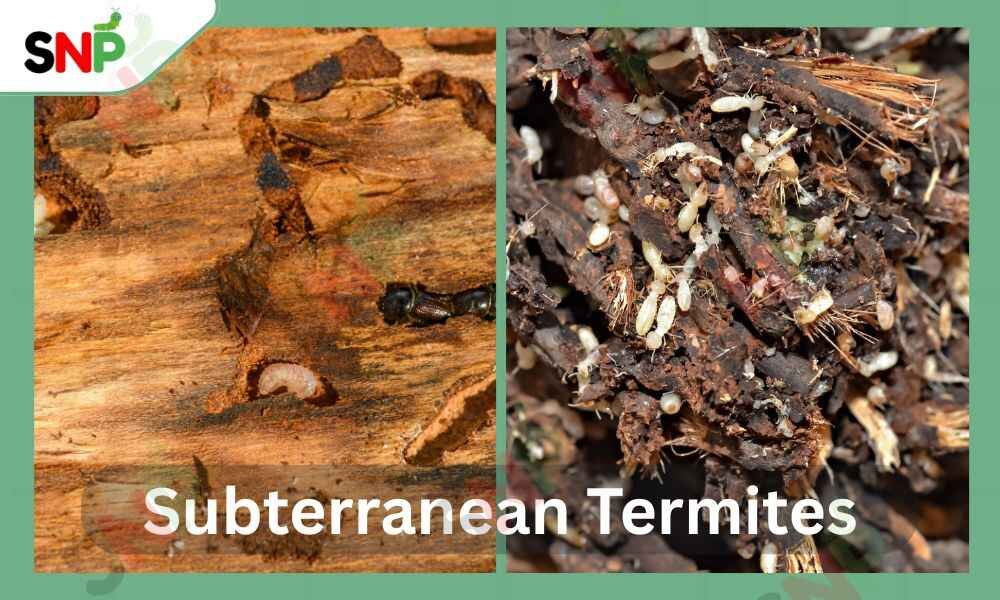
Habitat: Where Do Subterranean Termites Live?
To exist, subterranean termites are dependent on moisture so that the colonies they make can be found beneath the earth’s surface or in areas above the ground that are dark and humid/have a lot of moisture. They can be in any U.S. state except Alaska and are particularly abundant in warmer and wetter regions. It’s known that the colonies are positioned 5 to 10 inches below the surface, with the cluster reaching up to 2 million members.
Subterranean termites establish horizontal mud tunnels as pathways to their nutrition sources through a combination of their saliva and soil material. The tubes function effectively for two purposes because they serve both as predator protection and moisture preservation in arid conditions.
What Do Subterranean Termites Eat?
Cellulose is the main component of the major because of which they consume a variety of things, including wood, paper, fiberboard, and fabrics made of plant fibres. They eat along the wood grain and are more comfortable with sapwood; they leave behind a layer of as little as hardwood. With cellulose-digesting protozoa in their gut, they are very efficient wood plagues.
Subterranean Termite Signs: How to Spot an Infestation
The sooner you discover the problem, the less harm is done. Watch out for such subterranean termite signs (here are the main signs):
- Mud Tubes: These are the most visible signs of termites because they are pencil-width and muddy tubes that you can see on the foundations, walls, or crawl spaces.
- Swarmers and Discarded Wings: Winged termites (alates) show up in spring and summer. Old wings on or near windowsills, doors, or vents are a typical sign of a termite infestation.
- Hollow-Sounding Wood: Simply tap on the wood; if it sounds dull or hollow, it is most likely that the termites have eaten the inside and only left a thin layer.
- Buckling Floors or Bubbling Paint: Wood that affected by termites causes the surface paint to blister or the wooden floors to warp.
- Frass (Termite Droppings): Small piles of frass or hollow material near tubes or sheds.
Once you encounter these or any of the above subterranean termite signs, you should initiated to prompt action.
Damage Caused by Subterranean
Subterranean termites in North America account for 95% of the total termite damage, estimated to be about $2 billion annually. The presence of wood moisture already establishes termite feeding. Even a small colony can cause $2.3 feet of 2×4 board to disappear; hence, the wood quickly gets destroyed. The accumulated effect of this is gradual wood deterioration of the following kinds:
- Beams, floors, and walls’ structural weakening
- Buildings that collapsed or are extremely unsafe
- Repairs that cost a lot and decrease the property value.
The main reason damage caused by subterranean termites gets so serious is due to the fact that it is often impossible to notice the damage until it has reached a critical level.
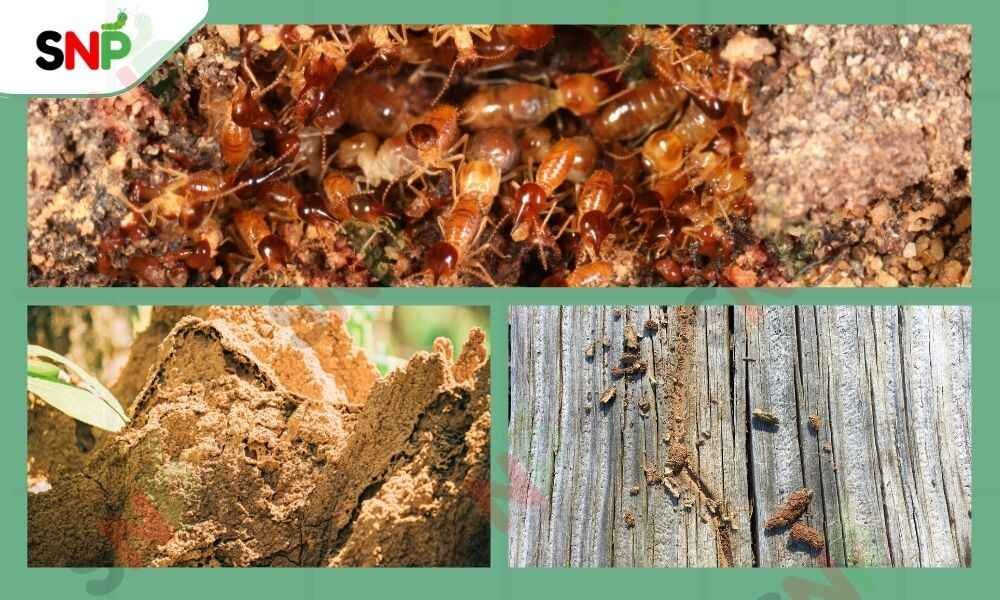
Subterranean Termite Treatment: How to Protect Your Home
Fast and efficient pest control services for termite treatment are of utmost importance for eradicating the menace of subterranean termites. The most efficient methods include:
- Thorough Inspection by Professionals: Certified pest control technicians use sophisticated technology to find hidden infestations and then suggest suitable termite treatment.
- Baiting: A new smart bait system, e.g., Sentricon, baits the termites to poison bait, eliminating their base and source of the colony. This is the most efficient of all termite treatment methods, as it offers continuous protection.
- Liquid Termiticides: Pressurised chemicals in Liquid Termiticides create barriers in foundation soil where they eliminate or deter. Termites that may attack your property.
- Dehumidification: Your house should remain safe for subterranean termites through indoor humidity control and drainage system improvements, and pipe leak repairs.
- Soil-to-Wood Contact: Your house foundation should maintain a separation from moisture-containing materials, such as mulch, along with firewood and non-treated wood.
Proactive detection and regular maintenance are the most efficiently against termite treatment of termites. In the event that you identify any signs of subterranean termites. Do not hesitate and turn immediately to a professional termite treatment service.
Conclusion
Subterranean termites are an invisible yet the greatest enemy of residences and companies throughout the United States. Knowing how they look, being aware of their life. Being cautious if there are any termite signs. Using the services of a professional exterminator are the steps you can take to avoid the termites from causing harm. It is important to note that there is always a termite queen working in the termite colony to enlarge the place of living and as a result. Do not let your house be her next target!
